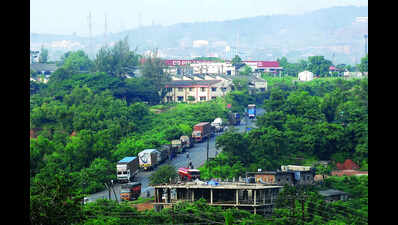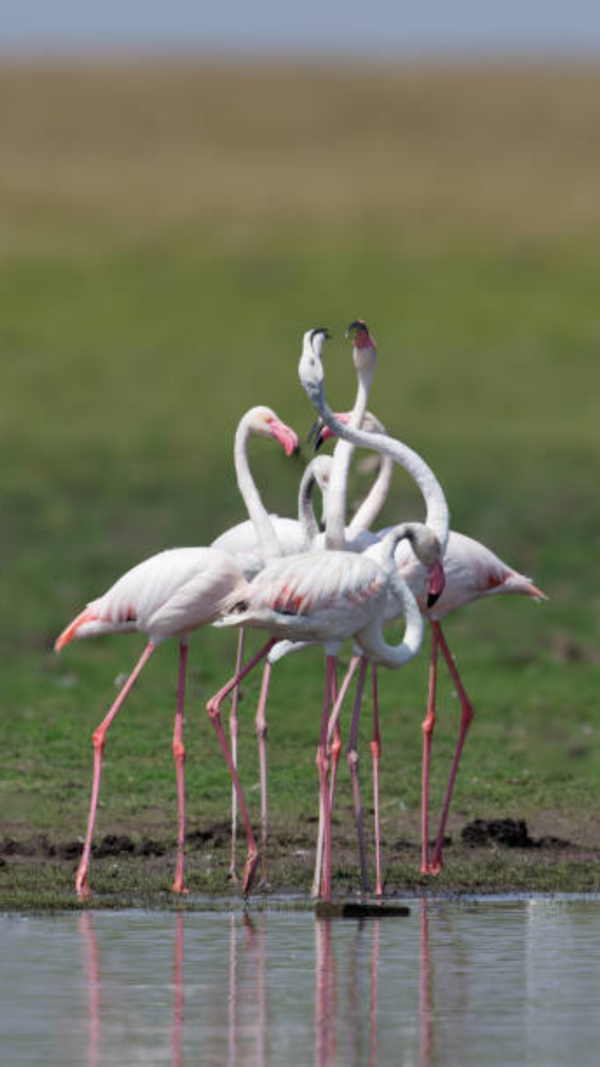Trending
IDC and central body to develop disaster management plan for industrial estates
Panaji:Goa Industrial Development Corporation (Goa-IDC) has joined hands with the Centre for Environment Education (CEE) under the ministry of environment, forest and climate change, to develop a comprehensive multi-hazard mapping and disaster management plan for all 24 industrial estates in the state.
Pravimal Abhishek, Goa IDC managing director, said that “the idea for the project emerged in response to concerns raised by industries during one of the IDC-Connect programmes. Several industries highlighted the issue of frequent flooding in their units. That’s when we realised the importance of conducting a proper hazard assessment and planning accordingly”.
He emphasised the importance of sustainable development in Goa, pointing out that although industries occupy less than 2% of the state’s land, they contribute nearly 30% to its economy. “Goa is home to 24 industrial estates, each with its own unique set of challenges. The risks faced by Kundaim are different from those at Verna. This makes estate-specific planning crucial,” he said.
Pranoy Baidya, head of the research division at Arannya Environment Research Organisation (AERO), explained how local biodiversity plays a crucial role in determining hazard vulnerability. “Certain grass species are more prone to catching fire due to their high lignin content, while others are naturally more fire-resistant,” Baidya said.
As part of the project, a half-day workshop was held at BITS Pilani, bringing together Goa-IDC officials and representatives from industrial estate associations to discuss and agree upon the objectives and roadmap ahead.
Rajiv Kumar Chaturvedi, associate professor at BITS Pilani, Goa, said that increasing climate variability has made such hazard mapping efforts more urgent.
End of Article
Follow Us On Social Media









